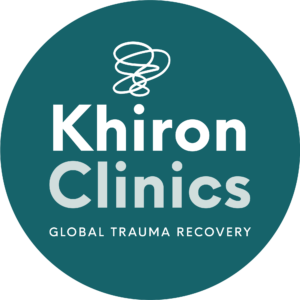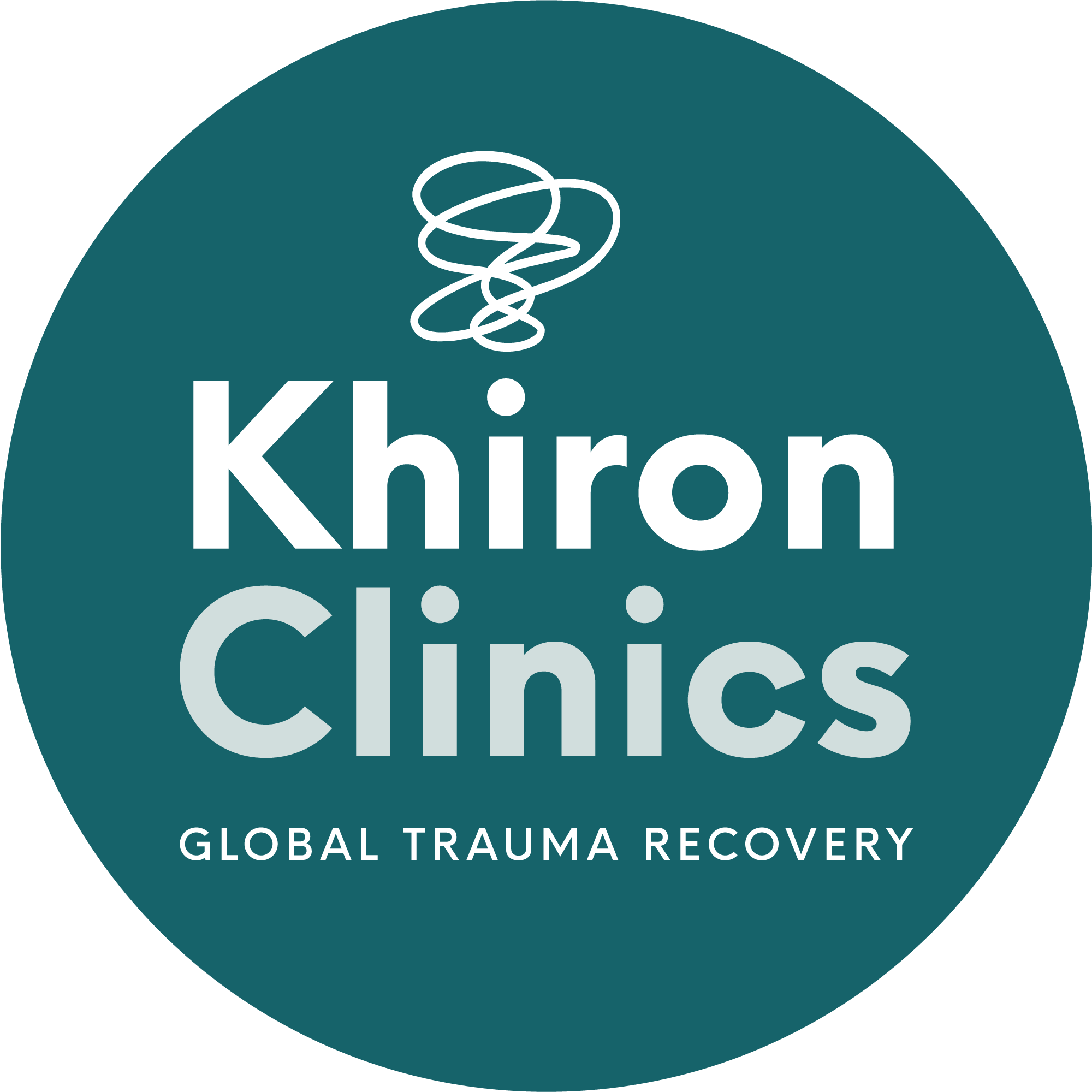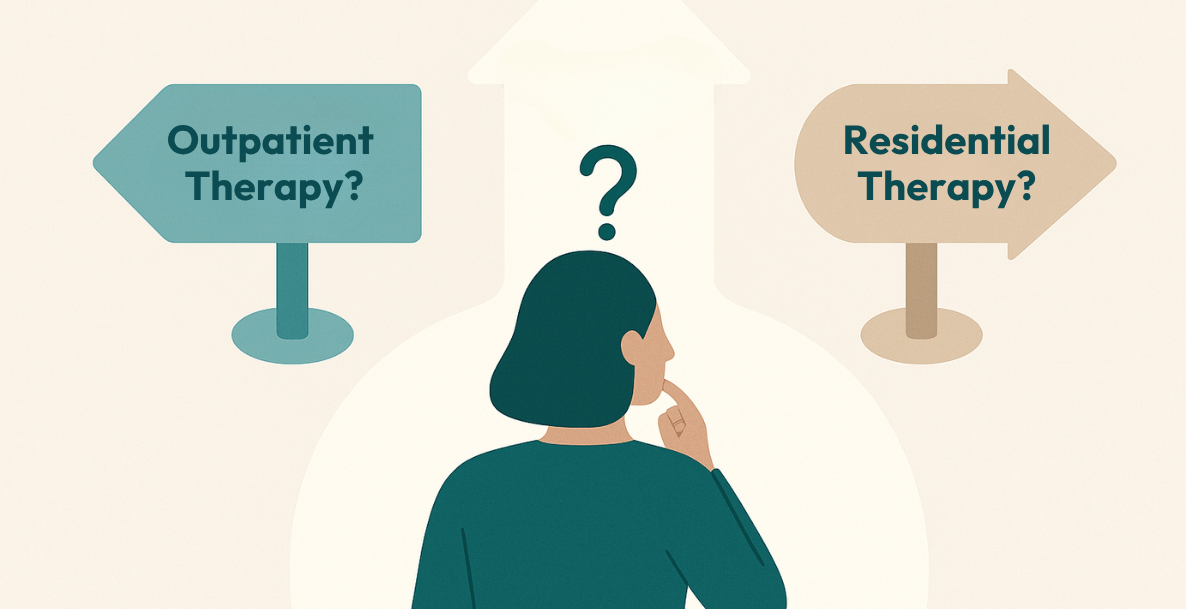Trauma affects more than our mental health. Many people also experience health issues that can affect other areas of their lives and hinder the healing process.
Experiencing Trauma
Trauma is a response to stressful, frightening, or incredibly distressing events. Examples of traumatic events can include serious illness, war, witnessing a death, abuse, and assault. When experiencing trauma, people initially react with shock, distress, and denial, and some may feel numb and detached.
Traumatic events that occur in childhood – called adverse childhood experiences (ACEs) – include abuse, or surviving war or a natural disaster, but some are more subtle, such as parental divorce, neglect and bullying. The more ACEs a child experiences, the more likely they will experience adverse effects as an adult.
Trauma can have many mental effects, including:
- Flashbacks
- Sudden mood changes
- Difficulty concentrating
- Withdrawal from friends and family
- Irritability
- Avoidance of places, things, or people that are reminders of the traumatic event
The Physical Effects of Trauma
The effects of trauma are not limited to the mind. They also affect the body, leading to physical health conditions that may not have an apparent cause. Those who have experienced trauma are at a higher risk of developing conditions such as:
- Heart disease
- Type 2 diabetes
- Cancer
- Substance use disorders
- Gastrointestinal problems
Many people also experience physical complaints such as headaches, muscle tension, and extreme fatigue. Another common side effect of trauma is disturbed sleep and insomnia. Traumatic events can cause people to live in a state of hyperarousal which can impact sleep heavily, as people can feel too tense or unsafe to relax. Many also avoid sleep because of nightmares. A lack of sleep can contribute to many physical health conditions, including heart disease, kidney disease, and obesity.
There are several reasons for a strong physical response to trauma. One such reason is the high levels of stress hormones that the body produces after experiencing a traumatic event. Hormones such as cortisol and norepinephrine are produced in stressful situations, activating our fight or flight response. Even in the aftermath, the levels of these hormones can remain elevated, increasing alertness and affecting sleep cycles and mood. High levels of norepinephrine can lead to high blood pressure, severe headaches and raise the risk of blood, kidney, and heart damage.
Polyvagal Theory
Another explanation for the physical effects of trauma is the polyvagal theory, developed by Dr Stephen Porges, PhD. Polyvagal theory suggests that our nervous systems have evolved to feel safe around other people, but when we are threatened, the primitive parts of our nervous system take over. These primitive parts include the sympathetic and parasympathetic nervous systems, which are also in charge of biological processes such as digestion and heart rate.
The vagus nerve – the nerve for which the theory is named – is considered to have the widest distribution of all nerves within the body. When we are scanning our surroundings, a process known as neuroception, both sides of the vagus nerve are stimulated. The ventral (front) side responds to safety cues, encouraging feelings of emotional connection to others. However, the dorsal (back) side responds to danger cues, encouraging us to protect ourselves first.
The polyvagal theory presents three stages of trauma response:
- Immobilisation – the dorsal side of the vagus nerve immobilises us, freezing us in the face of danger.
- Mobilisation – within the immobilisation response, we are still connected to our sympathetic nervous system, which triggers a fight or flight response.
- Engagement – the ventral side of the vagus nerve responds to feelings of connection and safety, helping us regain feelings of engagement and support.
The engagement of the nervous system in response to trauma can explain the physical symptoms many people develop after a traumatic event, and trauma survivors can develop long-term problems such as irritable bowel syndrome (IBS), chronic pain, and chronic fatigue syndrome as a result.
Somatic Experiencing
Dr Peter Levine, a renowned psychotherapist, studied the response people have to traumatic events in-depth before creating a new modality to treat trauma known as Somatic Experiencing.
Dr Levine noticed how gazelles reacted when hunted by lions. While they often ran, when caught, some froze as they were too overwhelmed to try and struggle. In some cases, when the lion abandoned the hunt and left the gazelle, Dr Levine saw that these gazelles then went through a process of releasing the traumatic energy before getting up and running off.
The same process applies to people. When not discharged, the freeze response can cause unexpelled energy to get stuck in the body. With nowhere to go, it can cause physical symptoms, such as headaches, panic attacks, and pain.
Somatic Experiencing can help to reduce these physical symptoms by releasing this stored energy. Using a body first approach, Somatic Experiencing teaches techniques to release energy from the body, such as:
- Resourcing – this tool teaches you to draw on positive memories whenever you feel distressed or triggered, helping you stay calm in the face of difficult sensations.
- Titration – titration is the process of slowly revisiting trauma, helping you to process and integrate the event. It allows you to process the events in small, manageable sections to help manage your bodily response.
- Pendulation – when processing traumatic events, you may cry, shake, or shiver. These reactions are seen to be the discharge of energy, and pendulation is the process of moving from this aroused state to a calmer one by resourcing, practising grounding techniques, or using breathing techniques.
Conclusion
Trauma causes more than just mental health difficulties. It can lead to physical health conditions without an obvious medical cause, such as headaches and chronic pain. However, with the right treatment, trauma can be addressed and physical symptoms as well as mental symptoms can be relieved.
If you have a client or know of someone struggling with trauma, reach out to us at Khiron Clinics. We believe that we can improve therapeutic outcomes and avoid misdiagnosis by providing an effective residential programme and outpatient therapies addressing trauma. Allow us to help you find the path to realistic, long-lasting recovery. For more information, call us today. UK: 020 3811 2575 (24 hours). USA: (866) 801 6184 (24 hours).







